
Comprehending Cooperation in Children
David Rand, assistant professor of psychology, describes cooperation patterns in children, who have thus far been understudied by social psychologists interested in human cooperation.

David Rand, assistant professor of psychology, describes cooperation patterns in children, who have thus far been understudied by social psychologists interested in human cooperation.
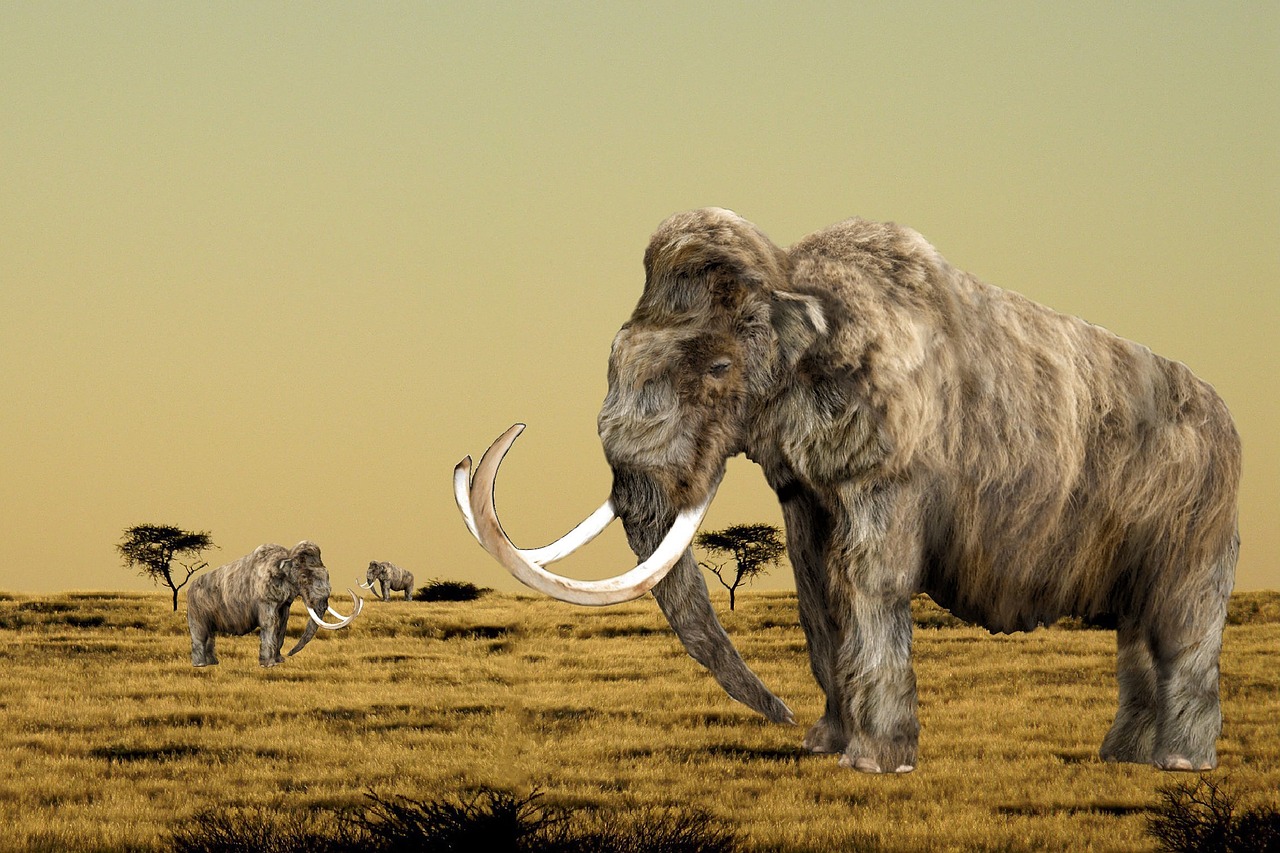
Science fiction novels, TV shows, and movies have time and time again toyed with the cloning of ancient animals. But just how close are we to bringing those species, and our childhood fantasies, back to life?
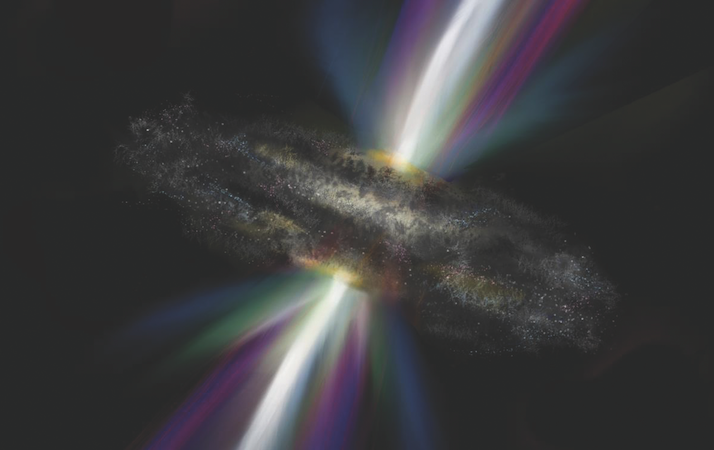
A supermassive black hole challenges the foundations of astrophysics, forcing astronomers to update the rule book of galaxy formation.
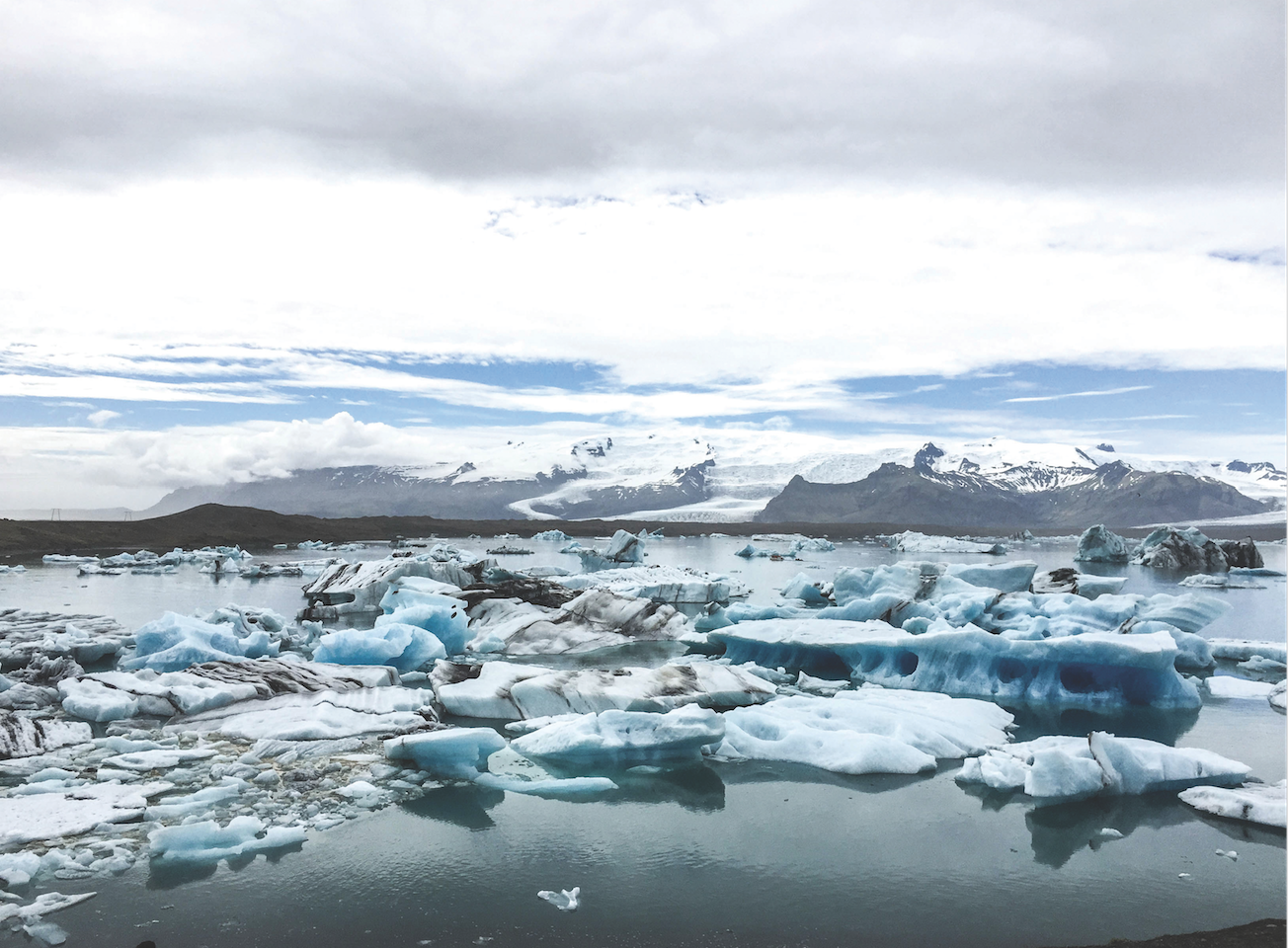
In Iceland, the legacies of volcanoes and glaciers are largely intertwined. As the planet suffers an increasingly climate, a rise in Iceland’s magma levels could spike volcanic activity.
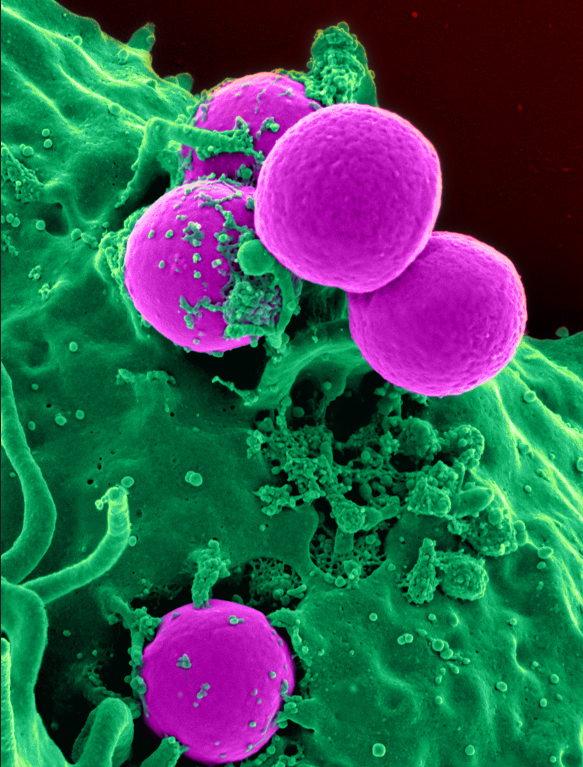
The development of antibiotic resistance is a mounting issue in healthcare. A recent study shows that the dosage of antibiotics that should be used in order to minimize the rise of resistance depends on competition between bacterial strains.
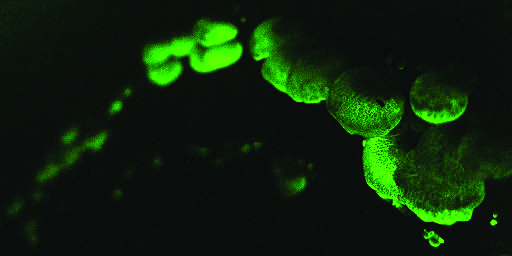
Although humans never evolved the necessary mechanisms to glow themselves, some bioluminescent species can in fact emit their own light. The trick? A specific type chemical reaction, which happens to have many practical applications.
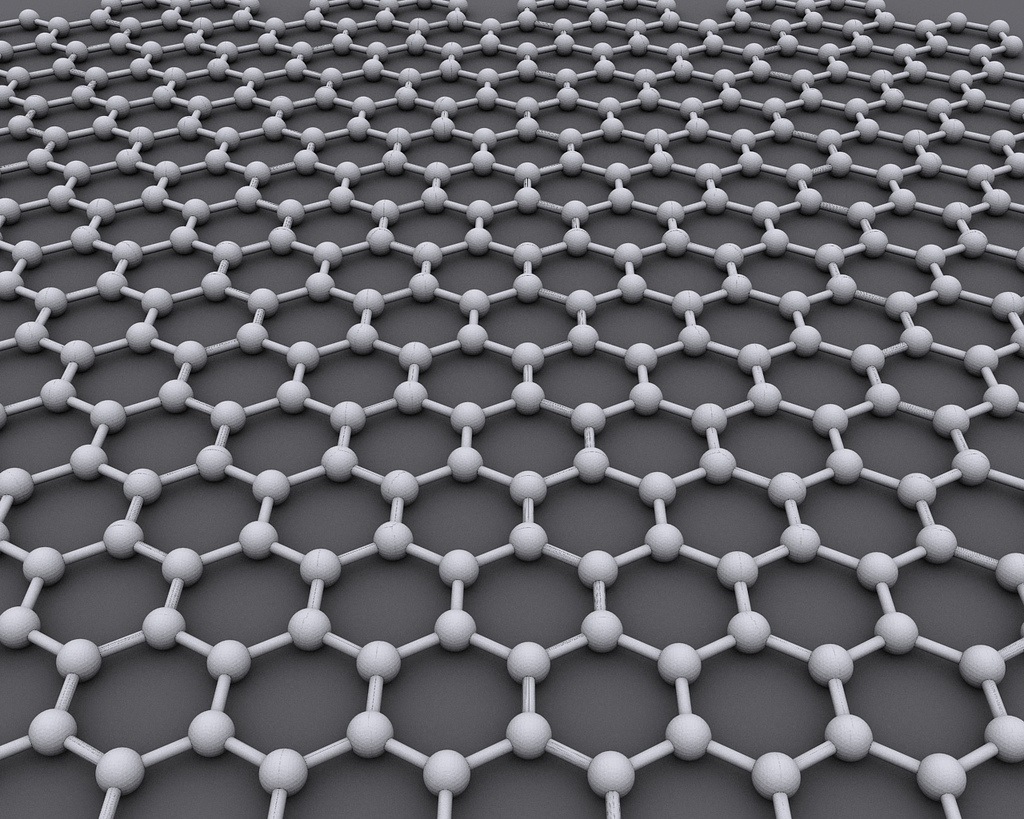
A research team at the University of Exeter has developed a new way to produce graphene that could allow for the creation of electronic skin.

Throw a potpourri of transistors into the bathtub, add some soap, and out comes a fully formed nanocomputer. Science fiction? Maybe not. Nanoscientists dream of coaxing electronic components to self-assemble into complex systems. In fact, researchers at the University of Copenhagen have taken a major step towards making self-assembling electronics a reality.

San Andreas, Hollywood’s latest natural disaster blockbuster, played on the anxieties of many West Coast denizens by offering a glimpse of what is to come when The Big One — the anticipated mega-earthquake — actually hits.
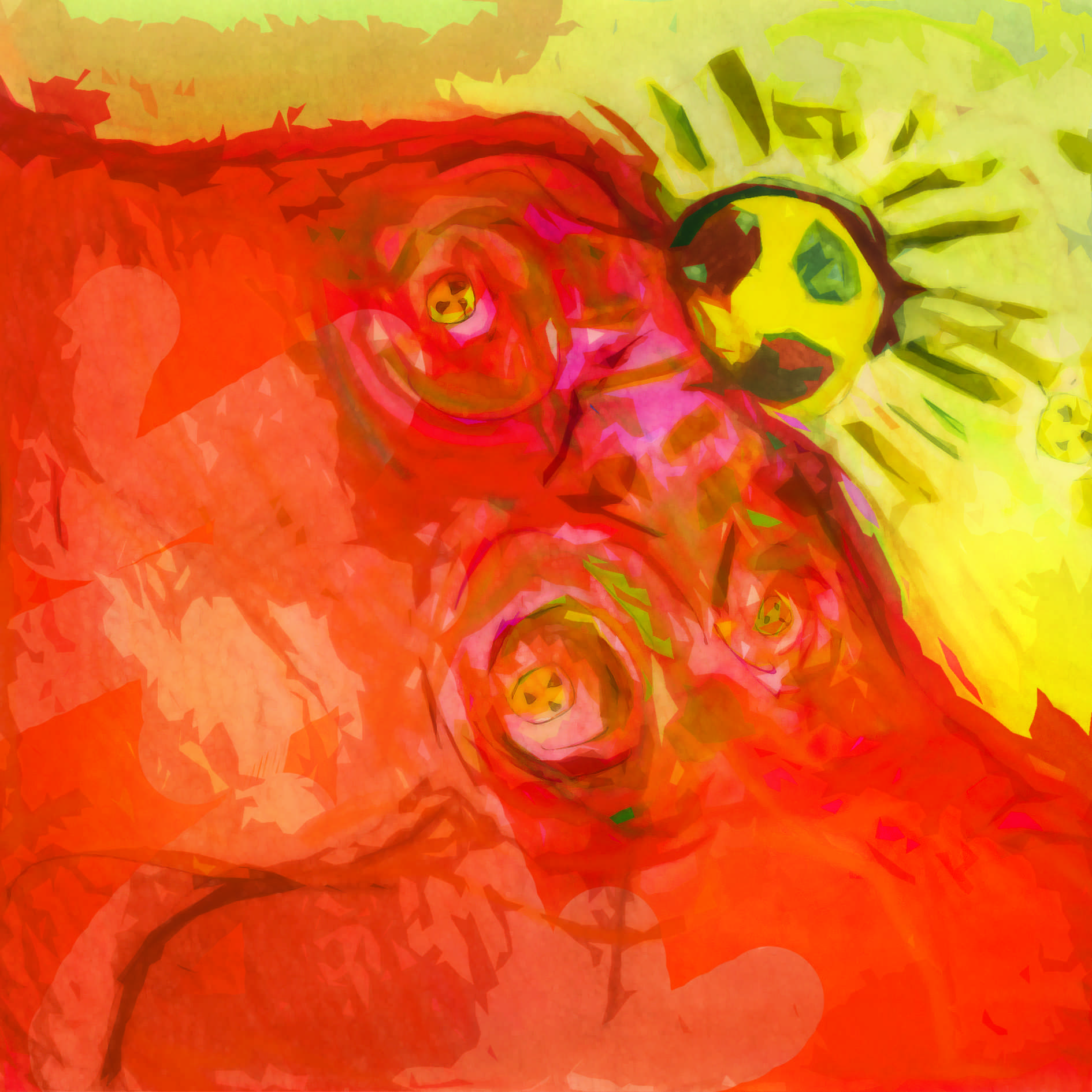
Until recently, scientists have known little to none about how cells take in high-energy radioactive materials. This past July, a team led by Rebecca Abergel of the Lawrence Berkeley National Laboratory in collaboration with Roland Strong of the Fred Hutchinson Cancer Research Center discerned a pathway for the cellular uptake of radioactive matter.
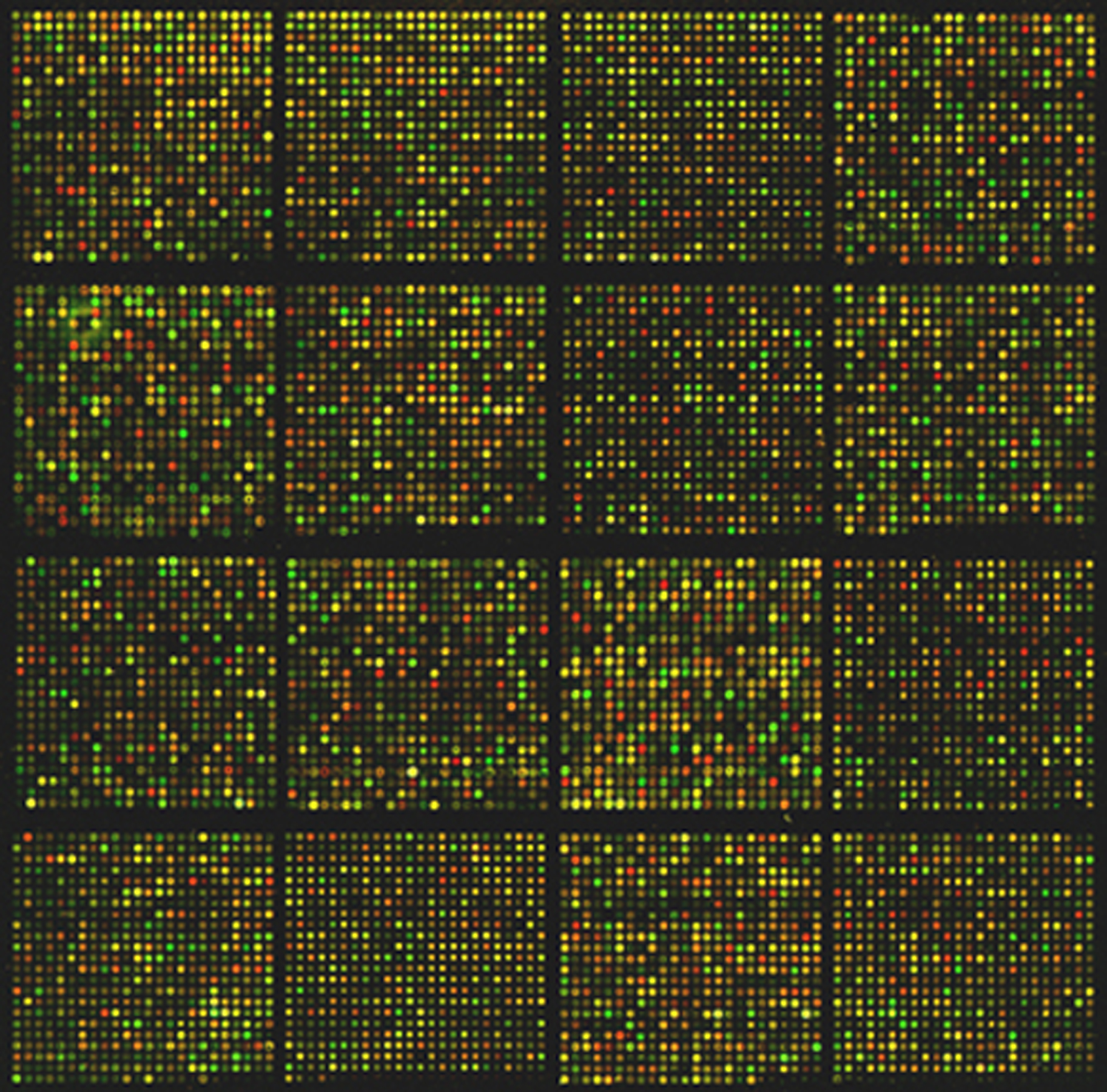
Many view mathematics and language as two distinct areas of study. But what if math could shed light on the significance of the speech patterns of someone at risk for developing psychosis? A recent computer algorithm developed by Guillermo Cecchi of IBM and Cheryl Corcoran and Gillinder Bedi of Columbia University demonstrates that mathematical speech analysis can lead to some fascinating findings.

What if rain gear was scientifically incapable of getting wet, and was actually able to repel water? Researchers at Northwestern University are exploring this question as they work to develop a material that stays dry underwater.